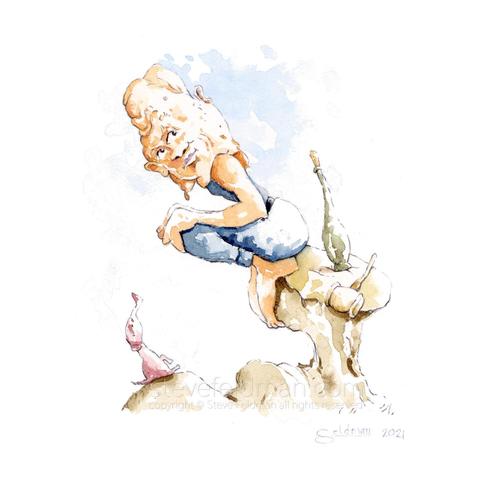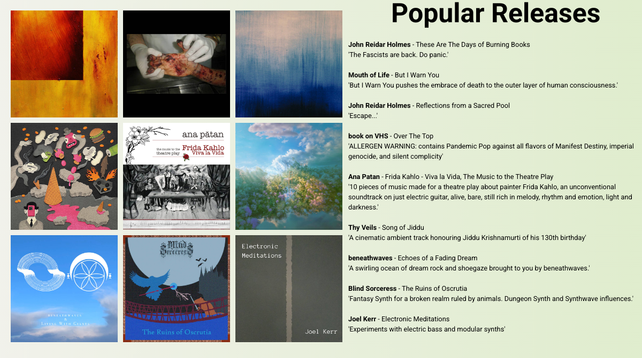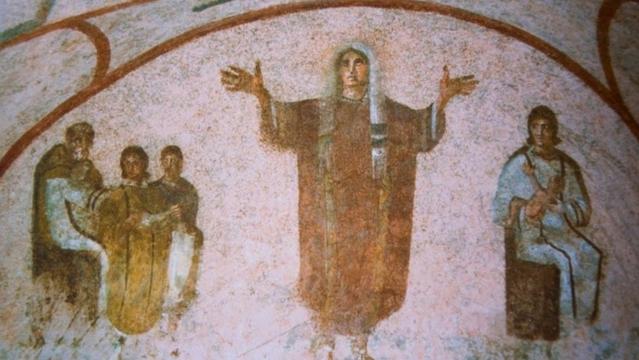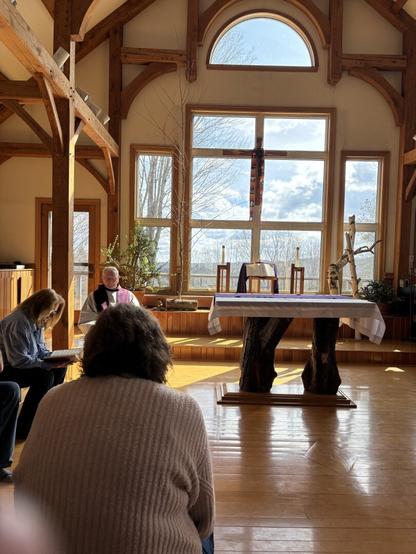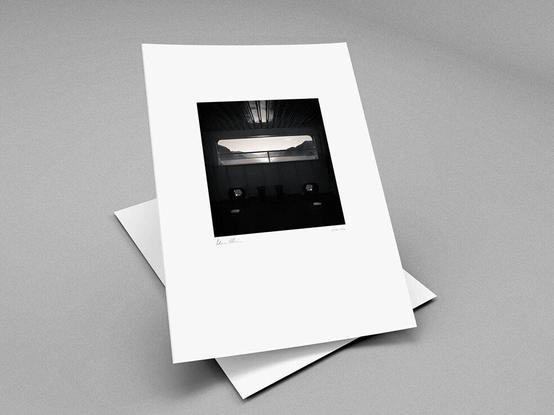Quote of the day, 2 April: St. Edith Stein
“Through him, with him, and in him in the unity of the Holy Spirit, all honor and glory is yours, Almighty Father, for ever and ever.”
With these solemn words, the priest ends the eucharistic prayer at the center of which is the mysterious event of the consecration. These words at the same time encapsulate the prayer of the church: honor and glory to the triune God through, with, and in Christ.
Although the words are directed to the Father, all glorification of the Father is at the same time glorification of the Son and of the Holy Spirit. Indeed, the prayer extols the majesty that the Father imparts to the Son and that both impart to the Holy Spirit from eternity to eternity.
All praise of God is through, with, and in Christ.
- Through him, because only through Christ does humanity have access to the Father and because his existence as God-man and his work of salvation are the fullest glorification of the Father;
- with him, because all authentic prayer is the fruit of union with Christ and at the same time buttresses this union, and because in honoring the Son one honors the Father and vice versa;
- in him, because the praying church is Christ himself, with every individual praying member as a part of his Mystical Body, and because the Father is in the Son and the Son the reflection of the Father, who makes his majesty visible.
The dual meanings of through, with, and in clearly express the God-man’s mediation.
The prayer of the church is the prayer of the ever-living Christ. Its prototype is Christ’s prayer during his human life.
Saint Edith Stein
The Prayer of the Church (1936)
Note: Edith’s former prioress, Sister Teresia Renata Posselt, O.C.D. comments on this essay in her biography, Edith Stein: Life of a Philosopher and Carmelite. Sister Teresia Renata writes:
Ecclesia orans. The classic phrase is indeed the most concise way of expressing the essence of Edith Stein. She was the embodiment of the Church’s prayer. No happier theme could have been offered her, to touch the deepest springs of her heart, than that set her by the Academic Union of St. Boniface: The Prayer of the Church. In 1936 she contributed an essay under that title to a symposium on “The Lifestream of the Church” (Bonifatius Verlag, Paderborn). The thoughts she there expresses are the precious fruits of her own enlightened devotion.
Whoever reads this, can discern that Sr. Benedicta here opens the carefully guarded door to the sanctuary of her soul and lets us glimpse a little of her intimacy with God, kindled to a flame of love by the Holy Spirit in the opus Dei and in contemplation. Many people who were not very close to her were disappointed when Edith Stein chose to enter the contemplative order of Carmel rather than a liturgical order. But anyone who reads her article The Prayer of the Church will unhesitatingly include her among the great men and women of prayer from whom she there quotes, and will realize that this soul, inclined to contemplation by nature and grace, by inclination and vocation, could only become a Carmelite.
Posselt, T 2005, Edith Stein: The Life of a Philosopher and Carmelite, translated from the German by Batzdorff S, Koeppel J, and Sullivan J, ICS Publications, Washington DC.
Stein, E. 2014, The Hidden Life: hagiographic essays, meditations, spiritual texts, translated from the German by Stein, W, ICS Publications, Washington DC.
Featured image: Orans woman in the Catacomb of Priscilla, a symbol of the Church at prayer. Image credit: Kristicak / Wikimedia Commons (Some rights reserved)
💠 Appreciate these quotes from the Carmelites?
Subscribe for more Carmelite wisdom delivered straight to your inbox.
💠
Reflection question:
How does knowing you’re part of Christ’s Body change the way you pray?
Share your thoughts in the comments.
#contemplative #essay #Liturgy #prayer #StEdithStein #TeresiaRenataPosselt #vocation
